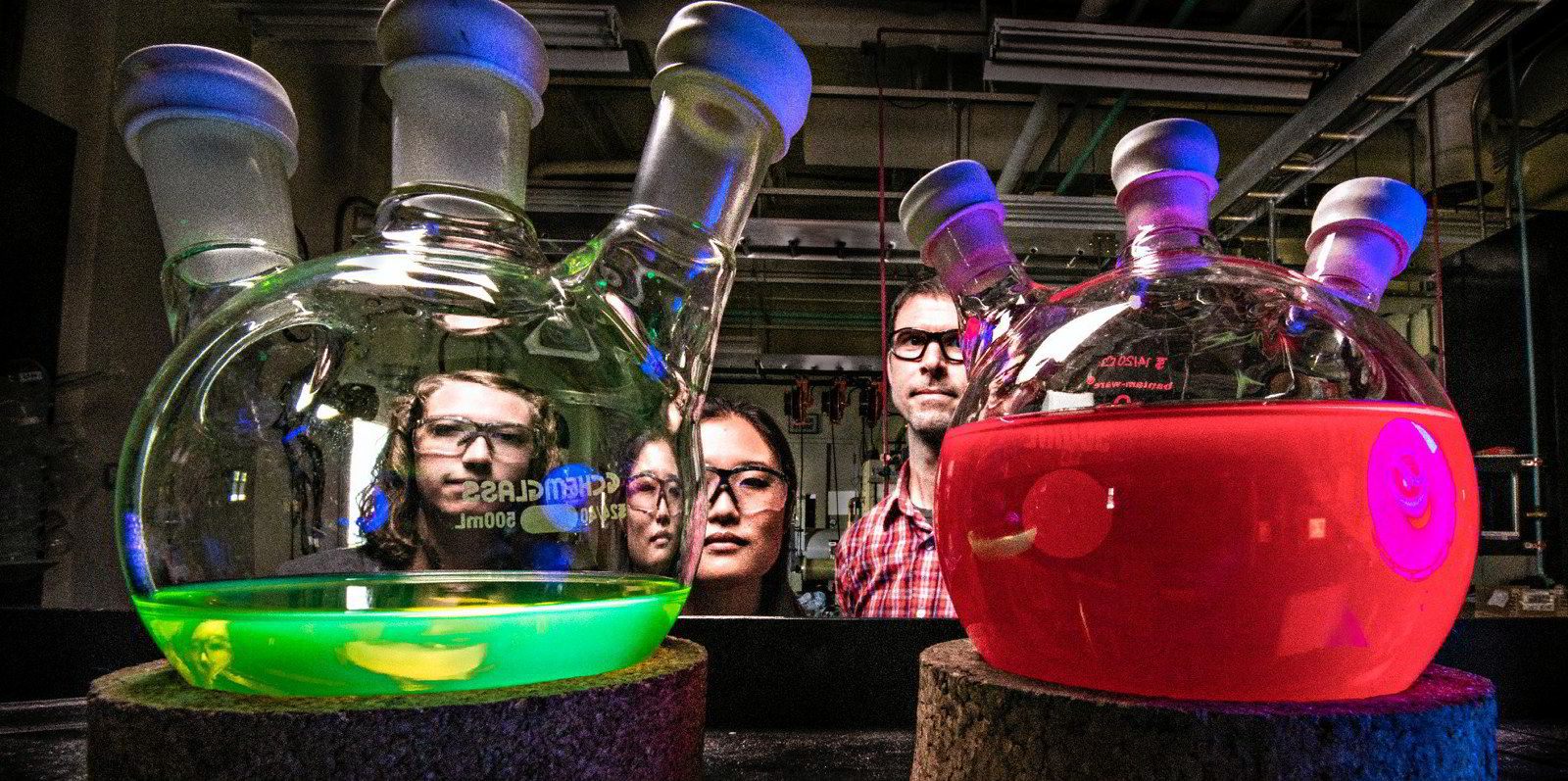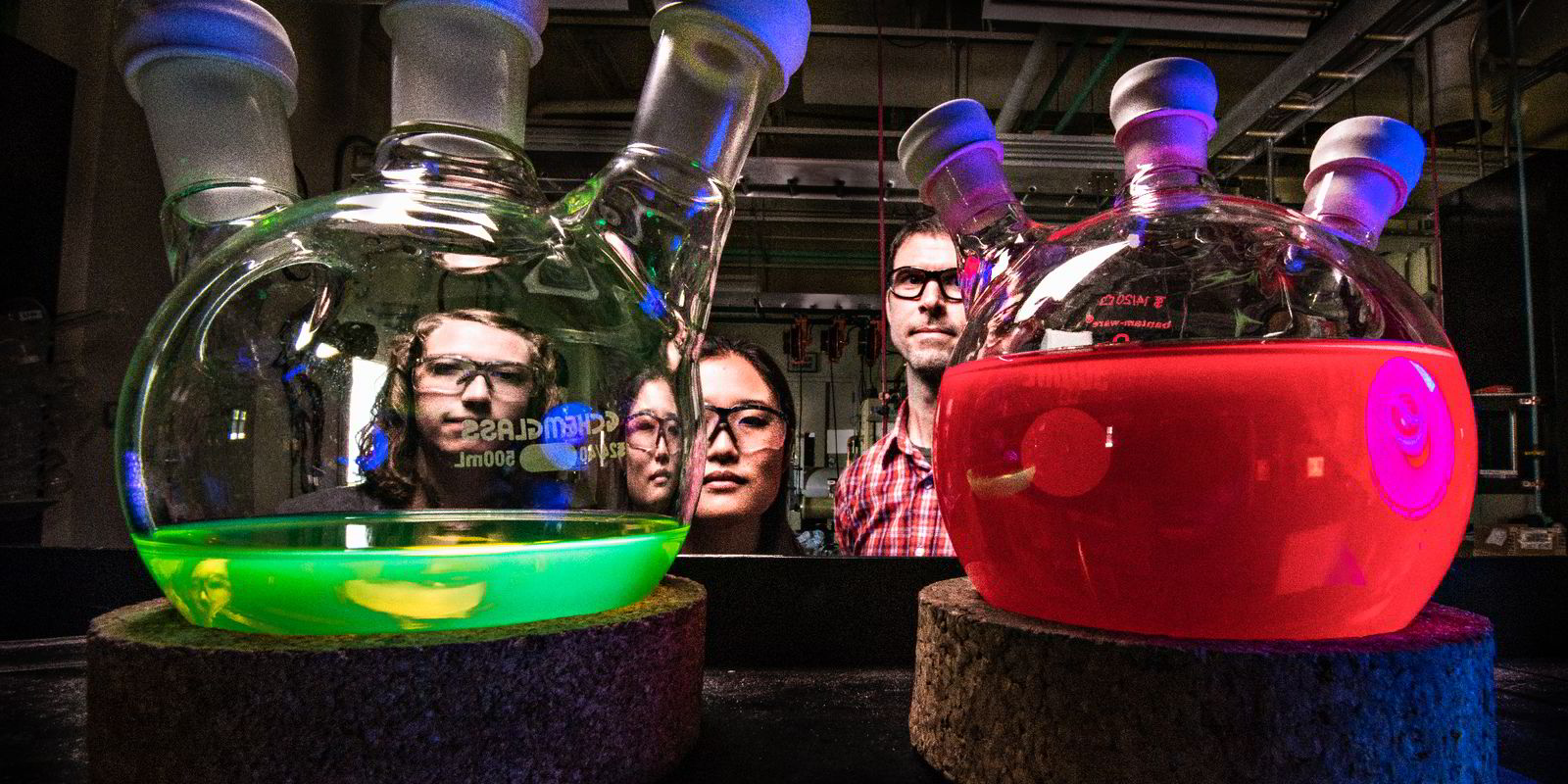Researchers at the US National Renewable Energy Laboratory (NREL) and partner institutions have raised the efficiency of next-generation perovskite-based solar cells by as much as 16%, potentially laying the groundwork for important progress toward achieving President Joe Biden’s goal of $20/MWh PV without subsidies by 2030.
The global energy transition is gathering momentum – and the accompanying news-stream becoming an information deluge. Separate the green giants from the greenwash and the hard facts from the click-bait headlines with Recharge Agenda, our curation of the market-making events of the week, distilled down into one quick-read newsletter. Sign up here for free
The effort involved combining a two-dimensional (2D) perovskite layer with a three-dimensional (3D) perovskite layer, which yielded a solar cell with improvements in both efficiency and stability.
Long-running research into the crystalline structure of perovskites as a cheaper and more efficient alternative to silicon-based solar cells has in recent years resulted in considerable technological advances, with reported efficiencies as great as 25.5%, as NREL noted.
Kai Zhu, a senior scientist in the Chemistry and Nanoscience Center at NREL and an author on the new paper outlining the research, said that the melding of the 2D and 3D layers could boost the efficiency of the solar cell to about 24.7%. Most mainstream PV panels have an efficiency that averages sub-20%.
Perovskites are a family of materials with a specific crystal structure that are very good at absorbing the sun’s visible and infra-red light and have shown potential for high performance and low production costs.
The paper, Metastable Dion-Jacobson 2D Structure Enables Efficient and Stable Perovskite Solar Cell appears in the journal Science. The article has 23 authors from US institutions including NREL, the SLAC National Accelerator Laboratory, University of Toledo, Princeton University, University of Arizona, University of Kentucky, and University of Colorado.
The newer research used a different 2D perovskite structure, known as Dion-Jacobson, in a metastable polymorph, which has shown greater stability and an ability to move charge carriers more freely.
The researchers said that the use of the metastable 2D structures represents a promising new chemical design that can be adapted by the solar industry to accelerate the development of efficient and stable perovskite solar cells.
In March, the Department of Energy (DoE) announced an ambitious new target to cut the cost of solar energy by 60% this decade, a step it called “essential” to accelerating deployment and eliminating carbon from the electric grid by 2035.
DoE places the present cost of unsubsidised PV on a levellised cost of energy basis at $46/MWh, with an intermediate reduction target of $30/MWh by 2025.
On 30 June, the US had 108.7GW of total installed capacity on a direct-current basis, sufficient to power just under 20 homes, according to the Solar Energy Industries Association (SEIA), a national trade group based in Washington, DC.
In September, DoE released a new studyshowing that solar energy has the potential to provide at least 37% of the nation’s electricity by 2035 and 44% by 2050, versus 3% today.
A dramatic ramp of solar energy will require new technologies and tools that increase grid flexibility, like storage and advanced inverters, as well as transmission expansion to tap abundant, lowest-cost resources in the desert southwest and West Texas, the study found.
Achieving the mid-century 44% solar target would require America to end its longstanding reliance on fossil fuels to generate most electricity and some $562bn in spending by the federal and state governments, consumers, and industry over the next 28 years.




